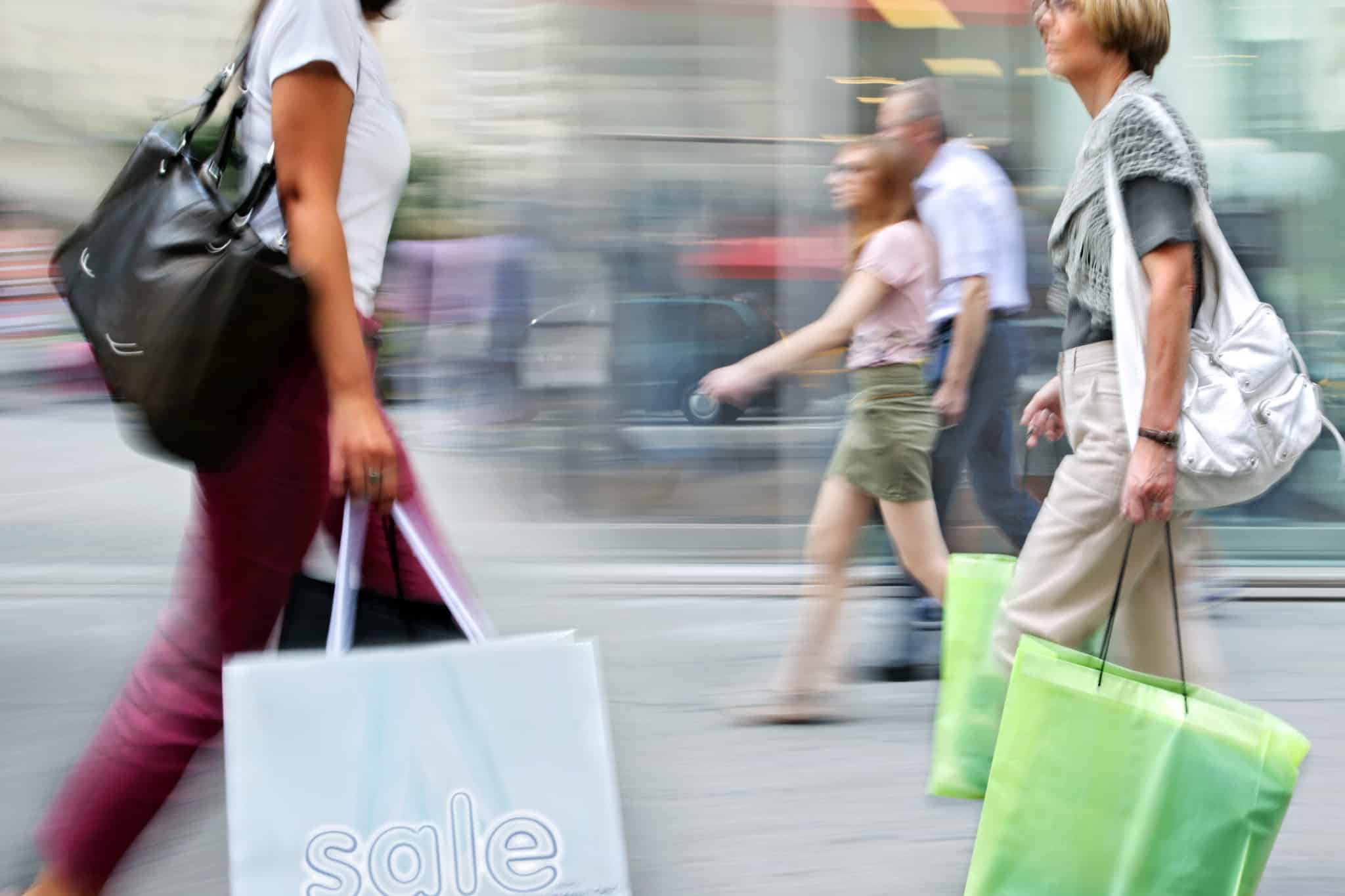It’s no secret that our shopping habits today are very different to those of 20, or even just 10 years ago.
Mobile and online technology has altered consumer behaviour for good, bringing a digital aspect to almost every purchase, disrupting the buying process and making companies more accountable for what they deliver and how they deliver it.
Many of our customers are retailers that sell online and have a boutique or store for customers to visit too, so we wanted to explore how behaviours have changed and what these businesses need to do to keep up with what consumers want.
Here’s 3 big ways in which shopping habits are developing:
The rise of the ‘destination shopper’
Back in the day, before smartphones, online reviews and virtual shopping bags were a thing, if you wanted to make a purchase from a store, there was no choice but to physically go there and have a look around to find what you need – you may not have had a specific store or product in mind.
Online shopping turns this on its head – in recent times, more and more people are becoming ‘destination shoppers’, in that they conduct research into what they want to buy in advance, then head to that specific store to purchase it in person.
The element of ‘doing your homework’ and researching what to buy before you buy it has had a huge impact, especially on larger purchases like electricals, technology or furniture. People want to be sure they’re making the right decision, and so will take the time to sift through their options online before choosing what they want to go for.
Some customers may even take time to research online when in a physical store, to be sure that what they’re choosing is right for them.
This ‘destination shopper’ behaviour could lead to less passing trade for stores (as people are setting out with a specific place in mind), and even when people do enter the premises, they might be less likely to make impulse purchases.
Reviews give customers more power
It used to be that once a customer had been pushed along the buying process far enough to actually make a purchase, they’d lost their power – after all, the company had made money, the customer had invested, and that was that.
Perhaps the biggest thing to impact buying online versus in store is the immense popularity of customer reviews that can be viewed digitally before making a purchase.
Now, whether a customer is happy with your product/service or not, they’re able to share it with the world via their social media feeds, the brand’s social media feeds, and online review sites such as Trip Advisor. Consumers are wiser now to the sales tactics used on a company’s own website, and will seek out third party, independent reviews from what they consider to be real people, to get a better understanding of whether to make a purchase or not.
This forces companies to think more carefully about what they deliver to customers, and how they can improve the buying experience as a whole – including after a sale is made. Neglect customers, and word will spread, and that can be incredibly damaging to your brand’s reputation amongst your audience.
More returns, for more reasons
Buying something and returning it later if you don’t like it or change your mind is nothing new, but the rise of online retail has seen companies having to withstand larger numbers of returns, which can come about because of lots of different reasons.
Of course, buying online kind of forces a ‘post purchase evaluation’ of your product, because although customers are researching into their digital purchases, you can’t really know what your item will be like until you receive it.
But it’s not just online shopping that’s seeing a boom in returns.
Going out and shopping in a physical store used to be seen as experience, which trying on items would be a part of – but, in recent times, there’s been a rise in people purchasing items without trying them on and taking them home to do so, causing an increase in returns. It seems that we don’t enjoy the changing rooms as much as we did, that we now see the home as the core place in which to make a buying decision, and that we’re happier to let go of our money to get it back later.
Depending on the product and the target audience, many consumers now see online shopping as an opportunity to buy more (because it’s less hassle to do so), and then simply return what they don’t want – they’re incorporating the potential for a return as part of their initial buying decision.
Having to cope with returns can be damaging for retailers, so it’s important to learn how your customers shop, how much they’re returning, and incorporate that into your outlook on sales.
Ensuring your returns process is as seamless as possible is also vital, as the ease with which they can send items back is now becoming a key element in whether customers make a purchase or not.
Have you noticed specific changes in consumer behaviour in your business? Are your customers buying from your brand differently online compared to in store? We’d love to hear from you!


